The impacts of rising sea levels on fisheries and aquaculture could be severe, but offset by some benefits
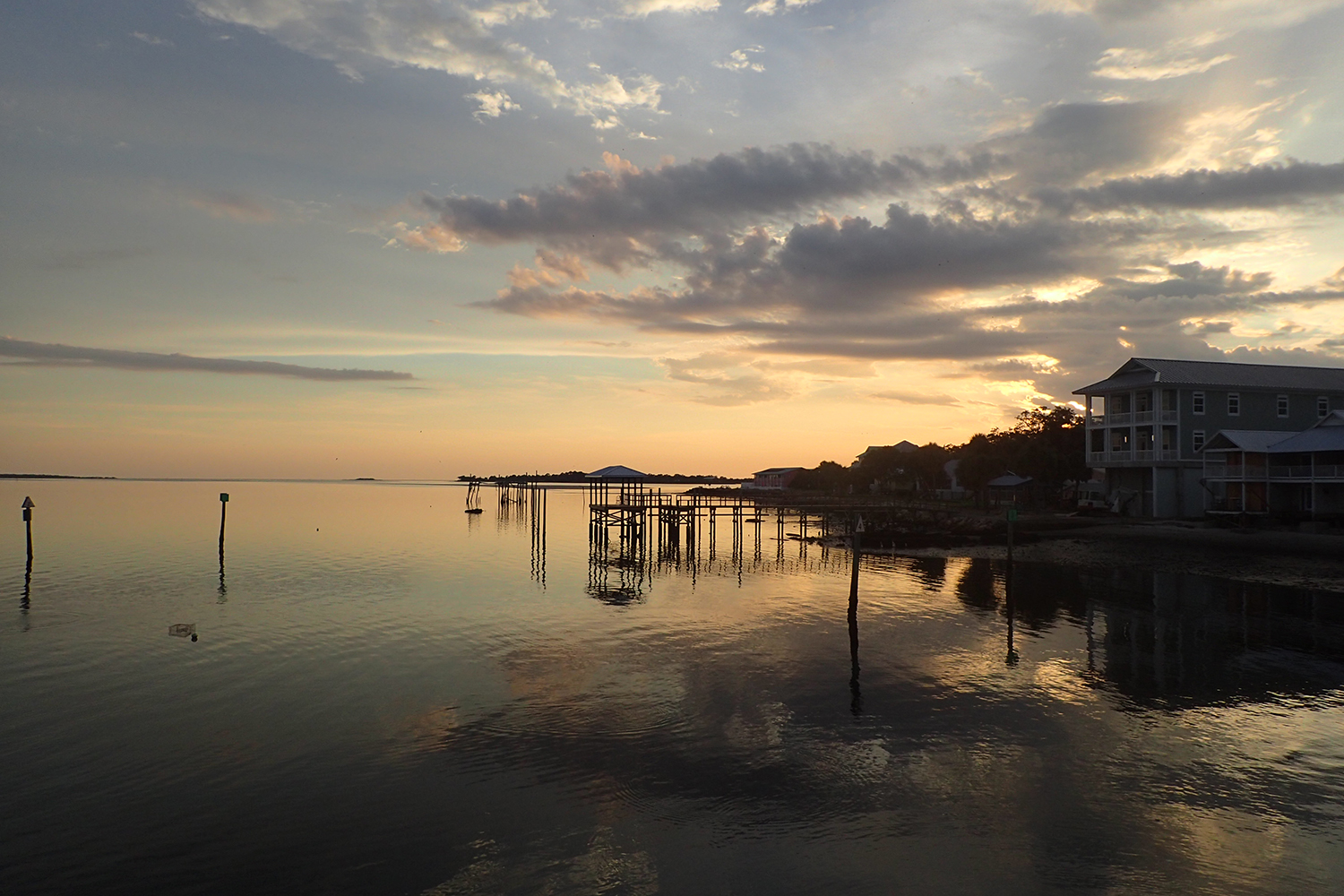
Sea-level rise stands to be one of the most evident impacts of climate change, its progress starkly visible to the naked eye and trackable over time as the waters encroach upon vulnerable lowlands near the shore.
Consequences of rising sea levels range from a greater risk of flooding that can damage infrastructure and crops, to the displacement of coastal communities. According to the latest report from the United Nations Intergovernmental Panel on Climate Change (IPCC), populations exposed to such risks in coastal regions will increase by 20 percent if global mean sea level rises by 0.15 meters (6 inches) relative to 2020 levels. Populations will then double for a rise of 0.75 meters and triple at 1.4 meters.
The impacts on fisheries and aquaculture could also be severe. Fish or shellfish may be subject to different stresses and physiological effects, increasing their susceptibility to disease and infections, while the number of suitable sites for aquaculture, such as intertidal mudflats for shellfish, could decline.
“If sea levels continue to rise, we will see significant effects on aquaculture, for example in coastal areas that farm fish in freshwater,” Sahya Maulu from the NGO Centre for Innovative Approach Zambia told the Advocate. “Many species have various salinity levels that they can accommodate, but if their environment becomes too saline, they won’t survive. This will have enormous implications in terms of production.”
Other negative impacts include damage to coastal ecosystems such as mangroves and salt marshes, which are considered crucial for maintaining wild fish stocks and supplying seed for aquaculture, says Maulu. Saline water will also affect ponds, cages, tanks and pens, particularly in lowland regions. Changes to species composition, the abundance and distribution of organisms and ecosystem productivity are also likely.
Dr. Manoj Shivlani of the University of Miami has studied rising sea levels in Florida, where aquaculture includes clam farming in Cedar Key, tropical fish culture and limited live rock aquaculture sites in the Florida Keys (live rock is a marine ornamental product made of calcium carbonate that provides a substrate for organisms to grow inside of and on top of. Organisms may include invertebrates that are important in maintaining aquaria health and diversity).
We don’t have control over rising sea levels, but we can choose to focus on the positive impacts and how aquaculture could adapt.
Given the considerable variation in sea-level rise projections across Florida, he said, the state may see more submerged land unless adaptation measures include the adoption of a variety of hard structures and living shorelines. A degree of land loss and frequent flooding will be inevitable, especially in low-lying coastal areas, but some farms may be positively impacted.
“The farms that stand to benefit are clams along subtidal coastal areas,” he said. “To this, one must add that the highest perceived social costs to aquaculture success in Florida at present are overly onerous and time-consuming permitting requirements. Also, it remains unclear how future warming events may influence the prevalence and location of harmful algal blooms, which can undermine any potential gains. Any approach taken to enhance aquaculture in the region must incorporate adaptation to reduce regulatory burdens and address unexpected environmental costs.”
Maulu agrees that rising sea levels could bring some positives. For example, the number of suitable areas for the brackish water culture of species like shrimp and mud crab could rise as a result and present new opportunities, particularly in coastal areas.
But another study shows that aquaculture can also cause sea levels to rise. Research at China’s Yellow Delta found that groundwater extraction for fish farms makes land sink at a quarter of a meter per year. This level of subsidence is causing local relative sea level – the sea level that is observed with respect to the land – to rise nearly 100 times faster than the global average.
“This is specifically a factor in river deltas because they are very compressible,” said Stephanie Higgins, a Ph.D. geology student at the University of Colorado Boulder who led the study. “Highly compressible sediment makes deltas especially vulnerable to subsidence when groundwater or other fluids are extracted from them.”
Using satellite-radar images to measure subsidence, Higgins and her team found that large deltaic aquaculture facilities can induce land subsidence of a meter every four years. This is more than what the global average sea-level rise is expected to produce in a century. Planners must be aware of the impact aquaculture can have on local sea-level rise and regulate groundwater extraction accordingly, said Higgins.
“One step that aquaculture could take would be to farm a species that needs more saline water,” said Higgins. “But we have to be respectful of the realities of people on the ground and what they need to farm in order to be profitable. We need to raise awareness of rising sea levels and share more sustainable farming techniques.”
“Much consideration has been given to the impacts of global sea-level rise on aquaculture, but no mention is given to sea-level rise produced by the industry itself,” said Maulu. “However, aquaculture can contribute to climate change as a whole through feed production or high energy use. It could minimize this contribution through more efficient energy systems like solar power. There needs to be more information on how aquaculture contributes to climate change and what can be done to decrease its impact.”
Mitigation and adaptation
Andreas Kunzmann, a researcher at the Leibniz Centre for Tropical Marine Research in Bremen, Germany, said that with climate change risks likely to increase under current projections, aquaculture will need to mitigate and adapt. This could be done through research into the immune systems of organisms – stronger animals such as sea bass can tolerate extreme temperature or salinity values better than others – or by incorporating supplemental feed with vitamins, essential fatty acids and minerals to mitigate the effects of stress. Further studies on the simultaneous effects of multiple stressors will also be required.
“The key is to think about strategies to help species cope,” he said. “If only one factor is involved, for example, temperature, they may be able to adapt slowly. But if there are several factors, such as changes to salinity because of rainfall, coupled with heat stress or cold shocks, on top of pollution or fishing pressure, it’s more complicated. We have learned from sea bass that extreme temperature stress can be mitigated by lowering salinity, while in coral culture attempts are being made to create specimens with more tolerant zooxanthellae.”
Some species do well in certain environments, Maulu said, which future projects should take into consideration: “We don’t have control over rising sea levels, but we can choose to focus on the positive impacts and how aquaculture could adapt. Farmers should also be prepared for change through education and training.”
To fully evaluate risk to the aquaculture sector, changes in sea levels will be important to measure as will other parameters resulting from climate change, like water temperatures and other local oceanographic conditions, said Shivlani: “The risk evaluation should be for both the species in question and the physical infrastructure used to culture the species.”
Follow the Advocate on Twitter @GSA_Advocate
Now that you've reached the end of the article ...
… please consider supporting GSA’s mission to advance responsible seafood practices through education, advocacy and third-party assurances. The Advocate aims to document the evolution of responsible seafood practices and share the expansive knowledge of our vast network of contributors.
By becoming a Global Seafood Alliance member, you’re ensuring that all of the pre-competitive work we do through member benefits, resources and events can continue. Individual membership costs just $50 a year.
Not a GSA member? Join us.
Author
-

Bonnie Waycott
Correspondent Bonnie Waycott became interested in marine life after learning to snorkel on the Sea of Japan coast near her mother’s hometown. She specializes in aquaculture and fisheries with a particular focus on Japan, and has a keen interest in Tohoku’s aquaculture recovery following the 2011 Great East Japan Earthquake and Tsunami.
Tagged With
Related Posts
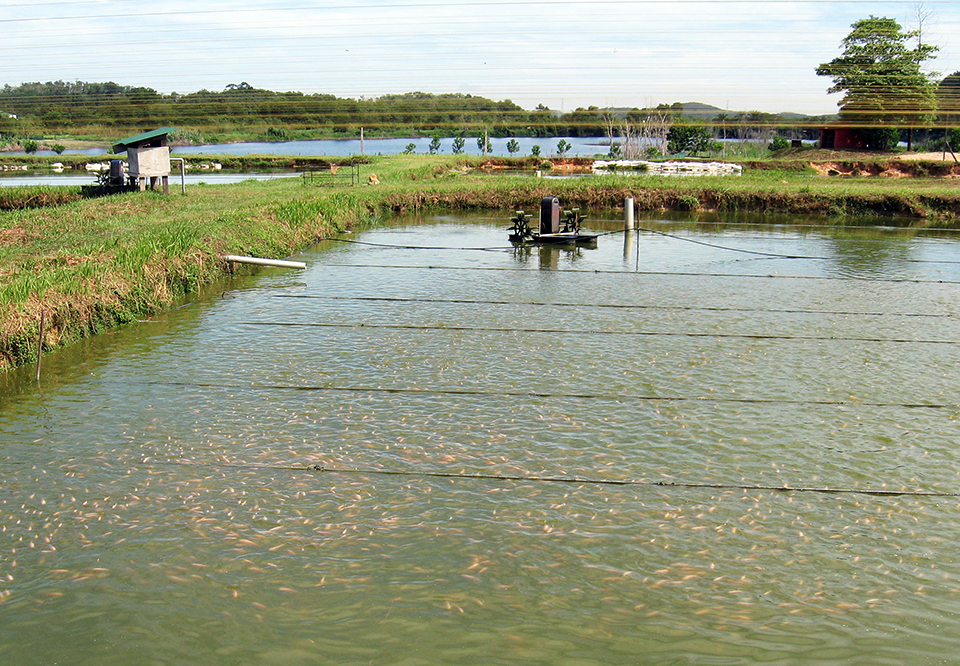
Responsibility
Assessing the carbon footprint of aquaculture
A carbon footprint is an estimate of the total carbon emissions resulting from the production, use and disposal of a product or service. Carbon footprints for aquaculture products result mainly from the use of manufactured feed and mechanical aeration.
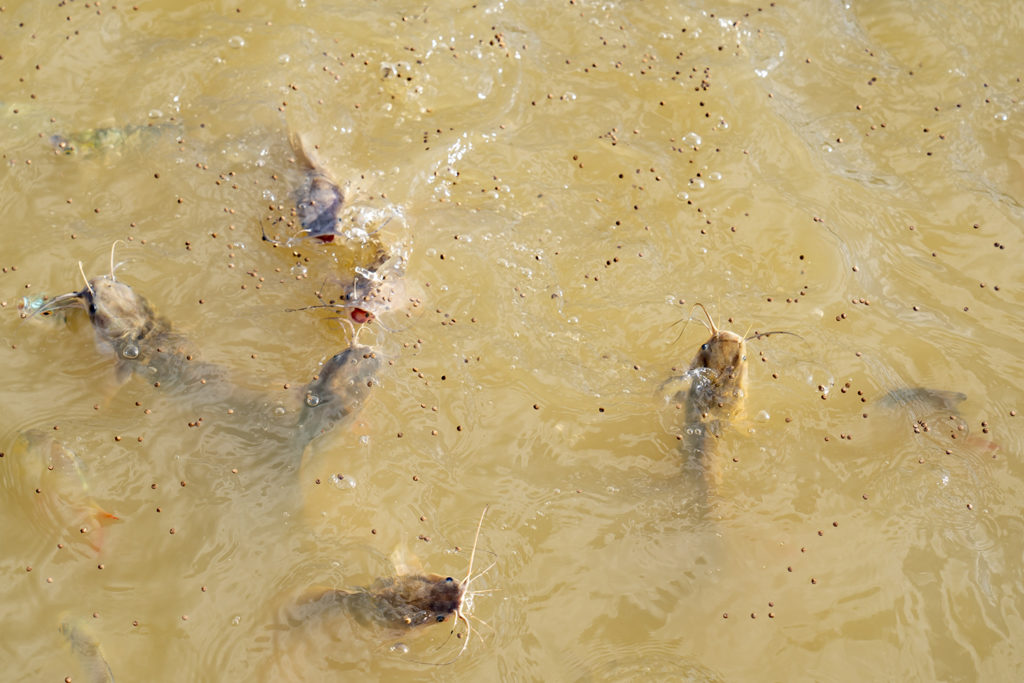
Aquafeeds
‘We will very likely find it’: Microplastics warning sounded for aquafeeds
The warning about microplastics pollution is finding its way to aquaculture, as a new study finds contaminated samples of fishmeal, a prominent aquafeeds ingredient.
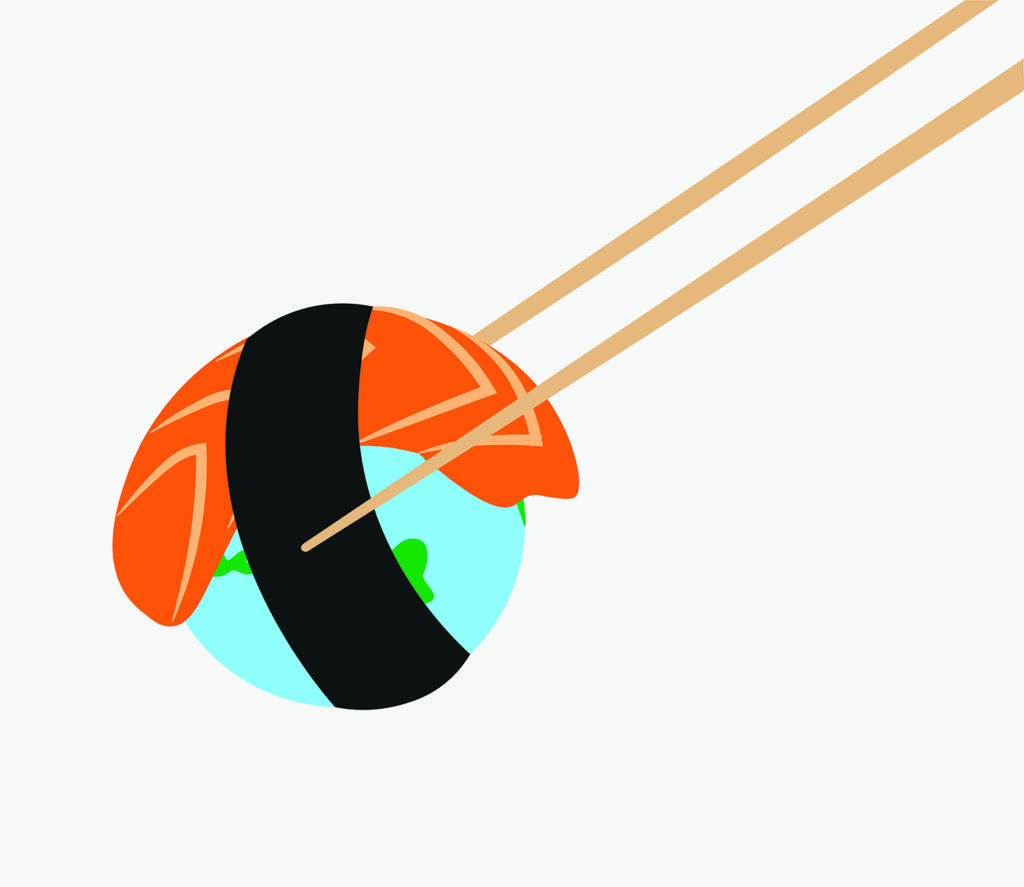
Responsibility
A wider view: Consensus on seafood’s planetary and human health benefits
Several recent reports echo the message that eating sustainable seafood can help save the planet while making significant gains in public health.
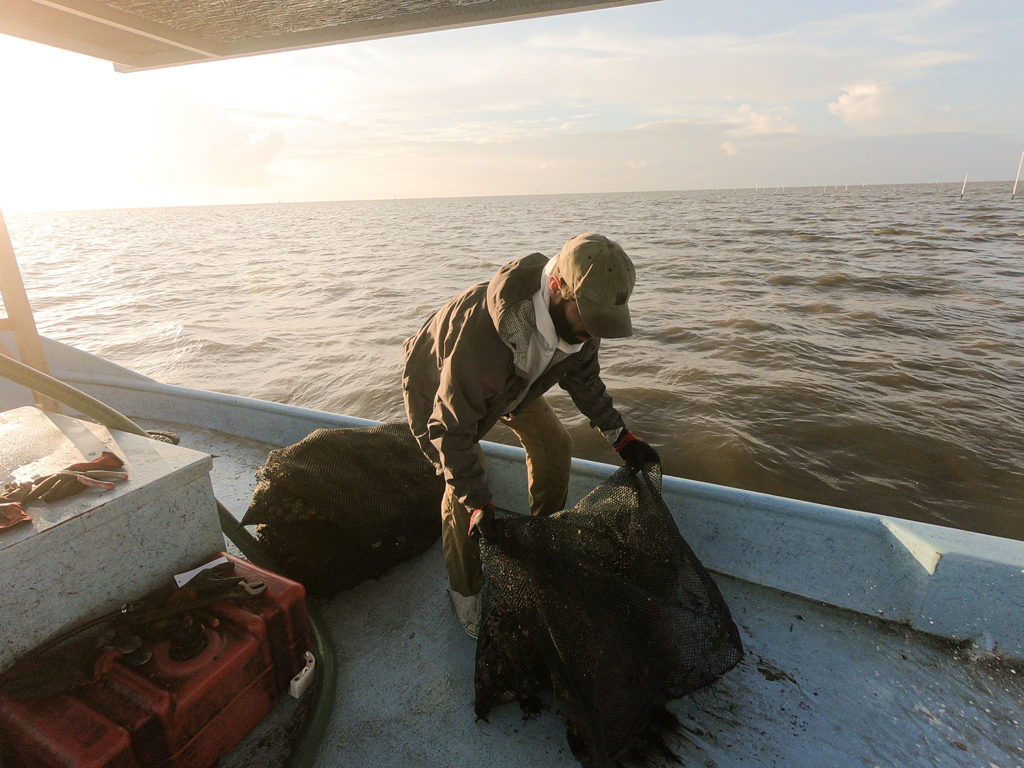
Intelligence
Farmers trade Kansas cornfields for Florida clam beds
The Stones came to Florida without experience in clams and no ties to the fishing community. Their backgrounds in farming, however, are proving valuable.


